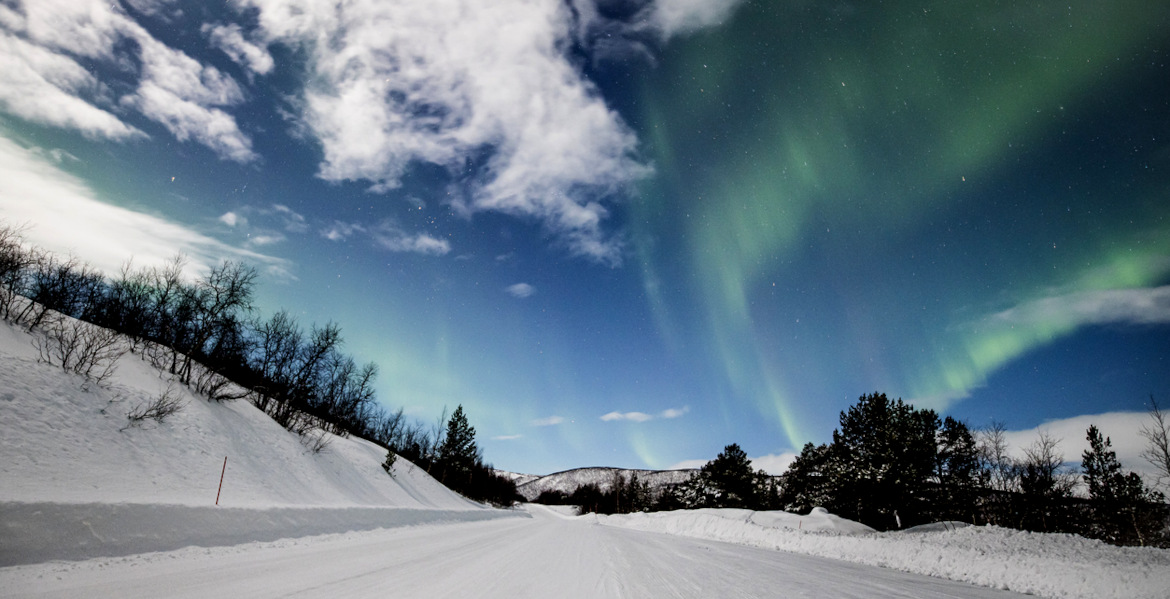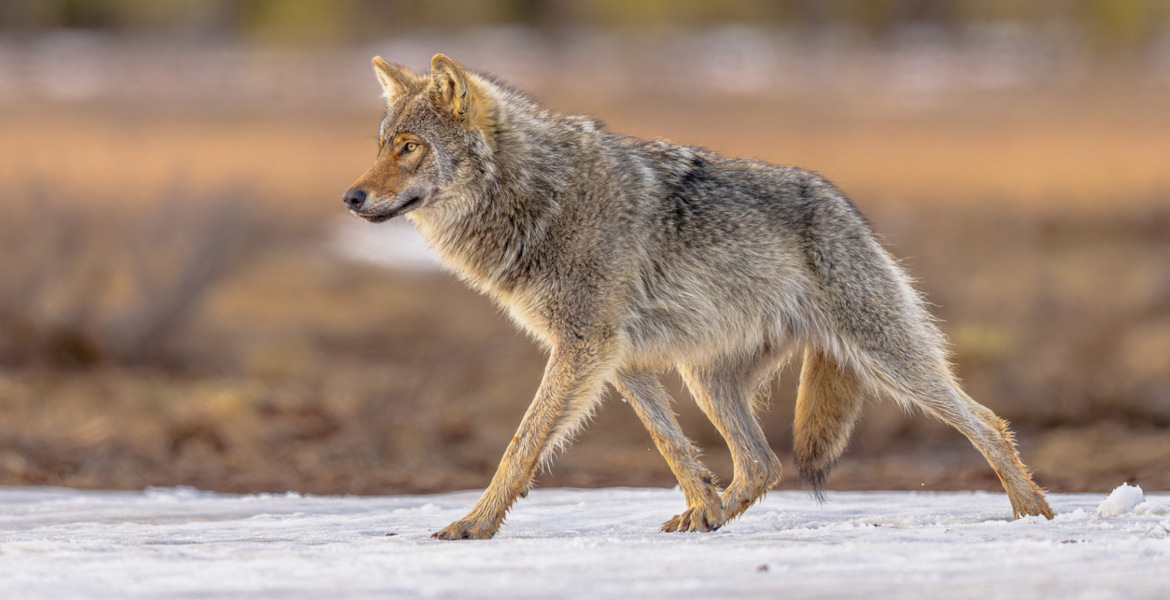Finnish horses will soon be required to have larger stalls and a companion present in the stable, according to a new regulation. The companion can be another horse, mule, or donkey.
Finland has decided to promote horse welfare with a new regulation. Horses should, for example, have better opportunities to move around in larger areas and have daily outdoor time. In newly built stables, the paddock must be at least 300 square meters.
Stalls must also be expanded for horses with a withers height over 170 centimeters, and stables must have natural light. Water must always be available and during winter it must be changed every six hours. Horses may not be without hay for more than six hours.
New requirements also stipulate that horses must have a companion on site that they can see, hear, and feel daily. Horses are herd animals and loneliness can negatively affect their health.
"Particularly the fact that it is now clearly prescribed that equines may not be kept alone is, in my opinion, one of the most important reforms for improving equine welfare", writes Terhi Simonen-Jokinen, a specialist expert at Finland's Ministry of Agriculture and Forestry, in an email to Finnish public broadcaster Yle.
Muzzle contact
The horse's companion must be either another horse, donkey, or mule. However, donkeys must have another donkey as company in the stable. One detail included in the regulation is that horses must be able to have daily muzzle-to-muzzle interaction, something that horse owner Anna Tujulin, who owns 22 horses herself, considers particularly important.
— There is research showing that this is even more important than them seeing each other. I have also seen stallions that during periods haven't received that touch and they can quite quickly develop even aggressive behavior, she says.
The regulation also states that foals may not be weaned before six months of age, and that young horses under two years old must be allowed to live in herds.
The changes will take effect at the turn of the year.




